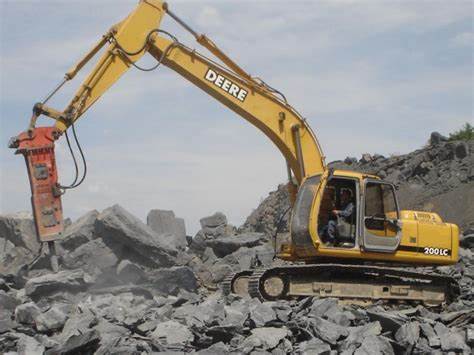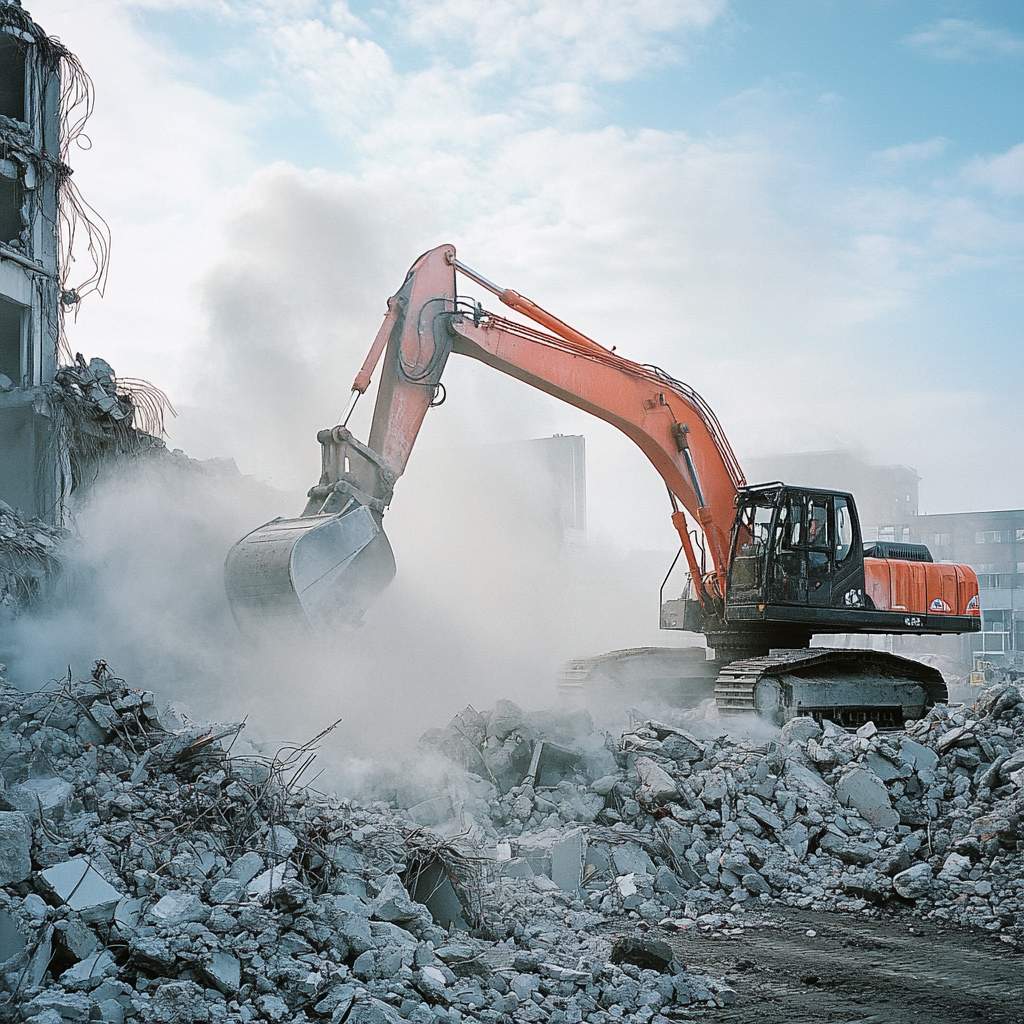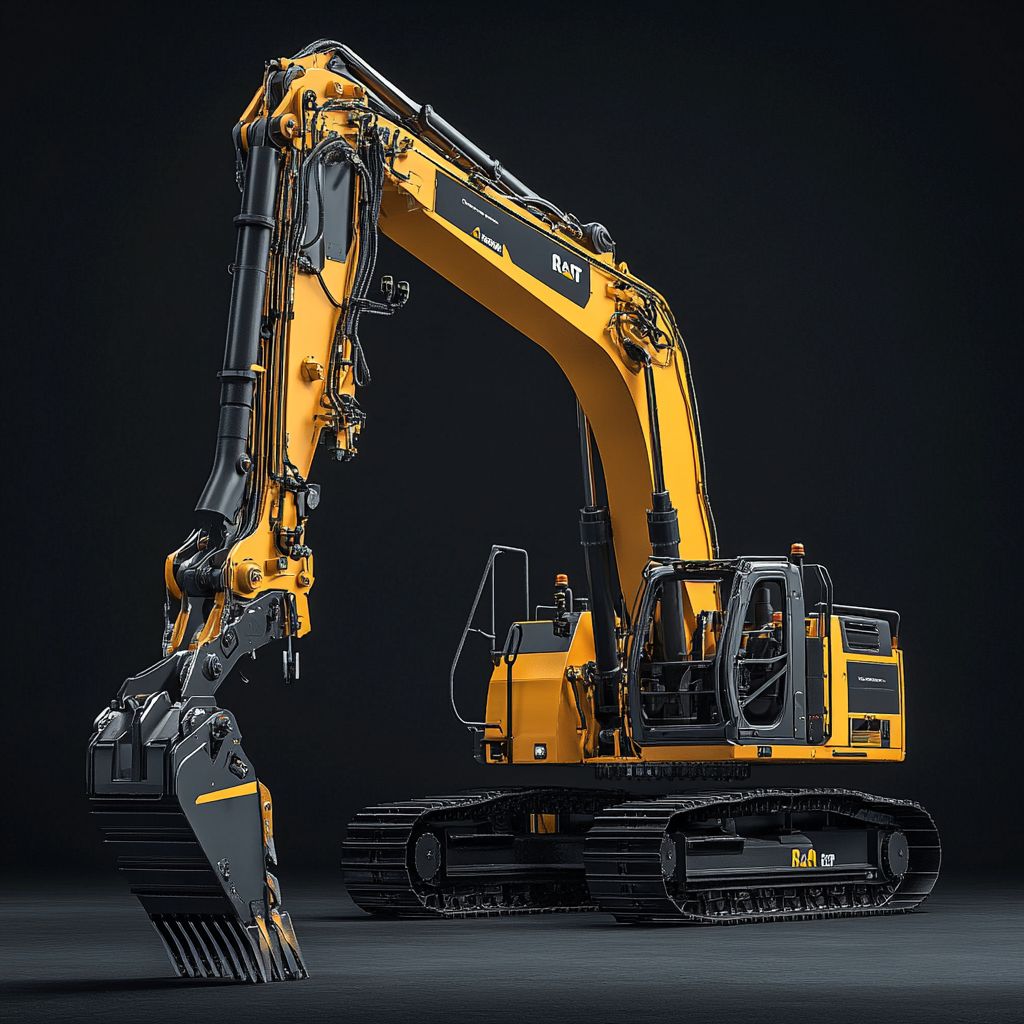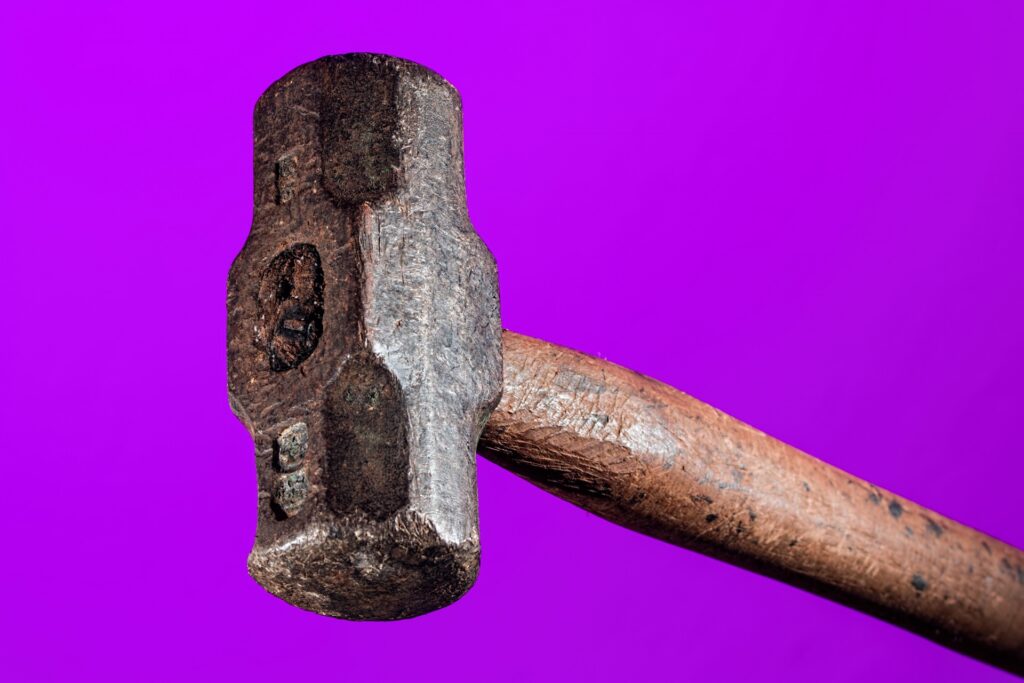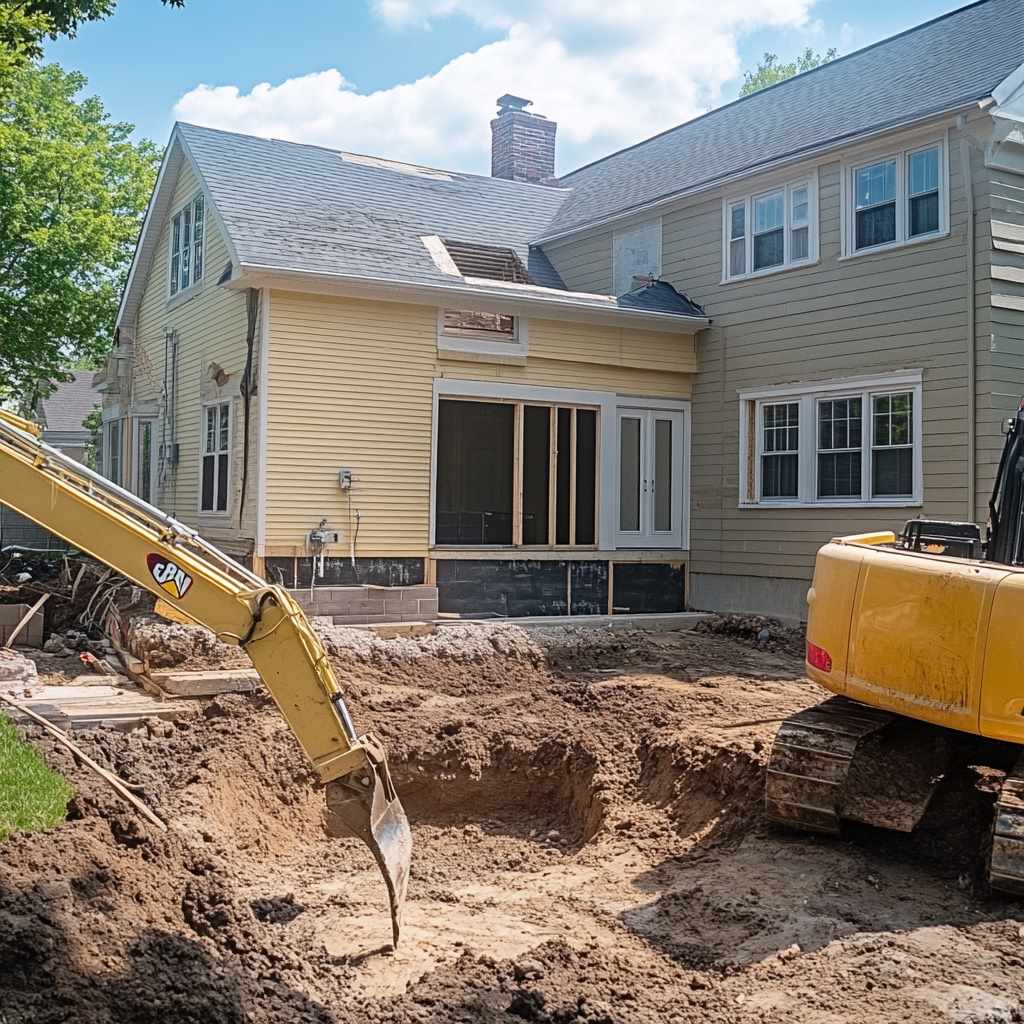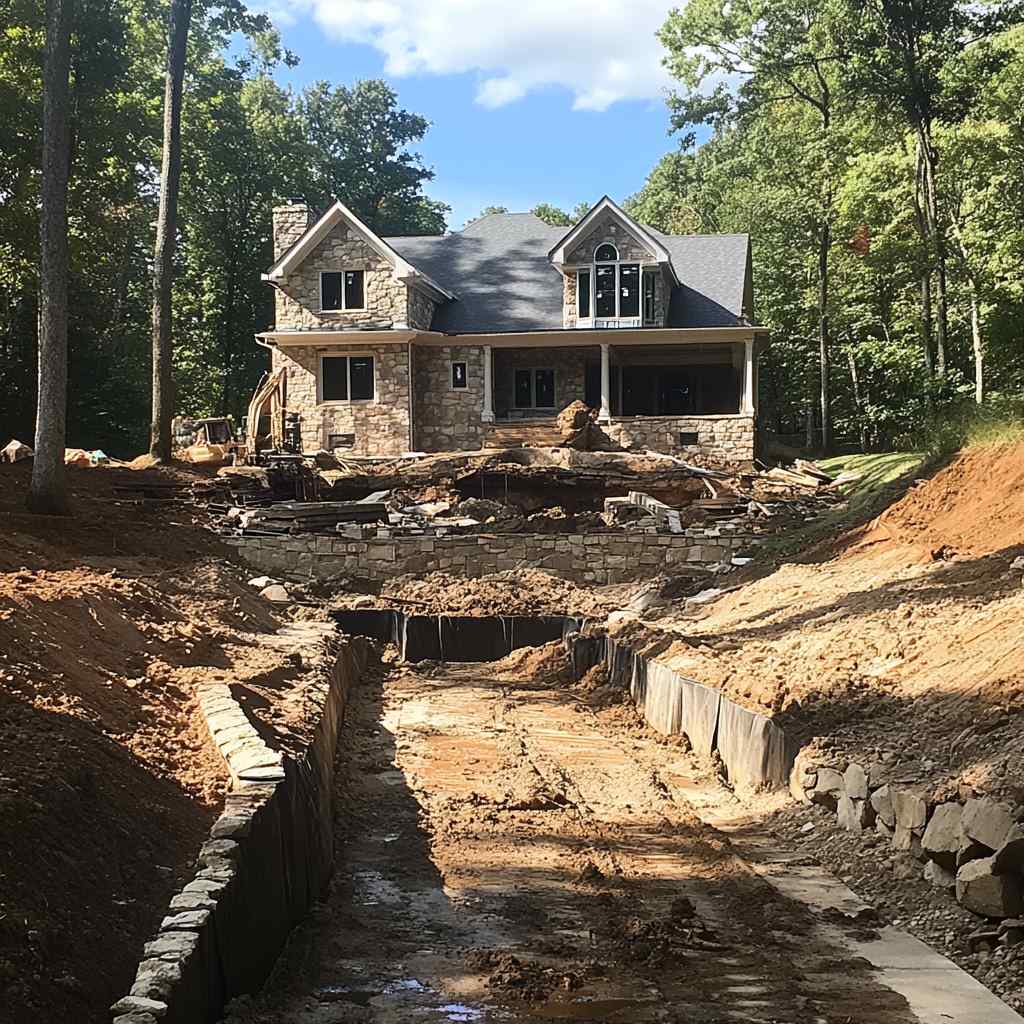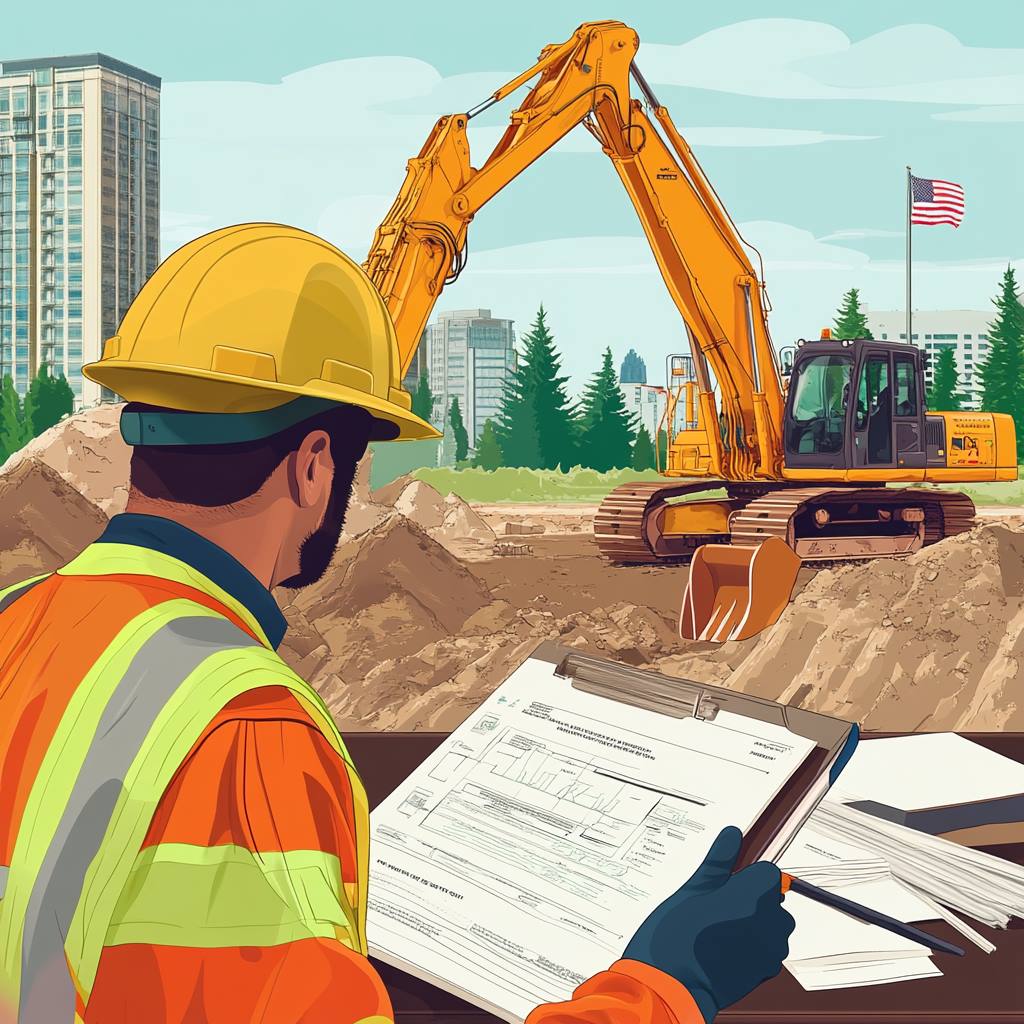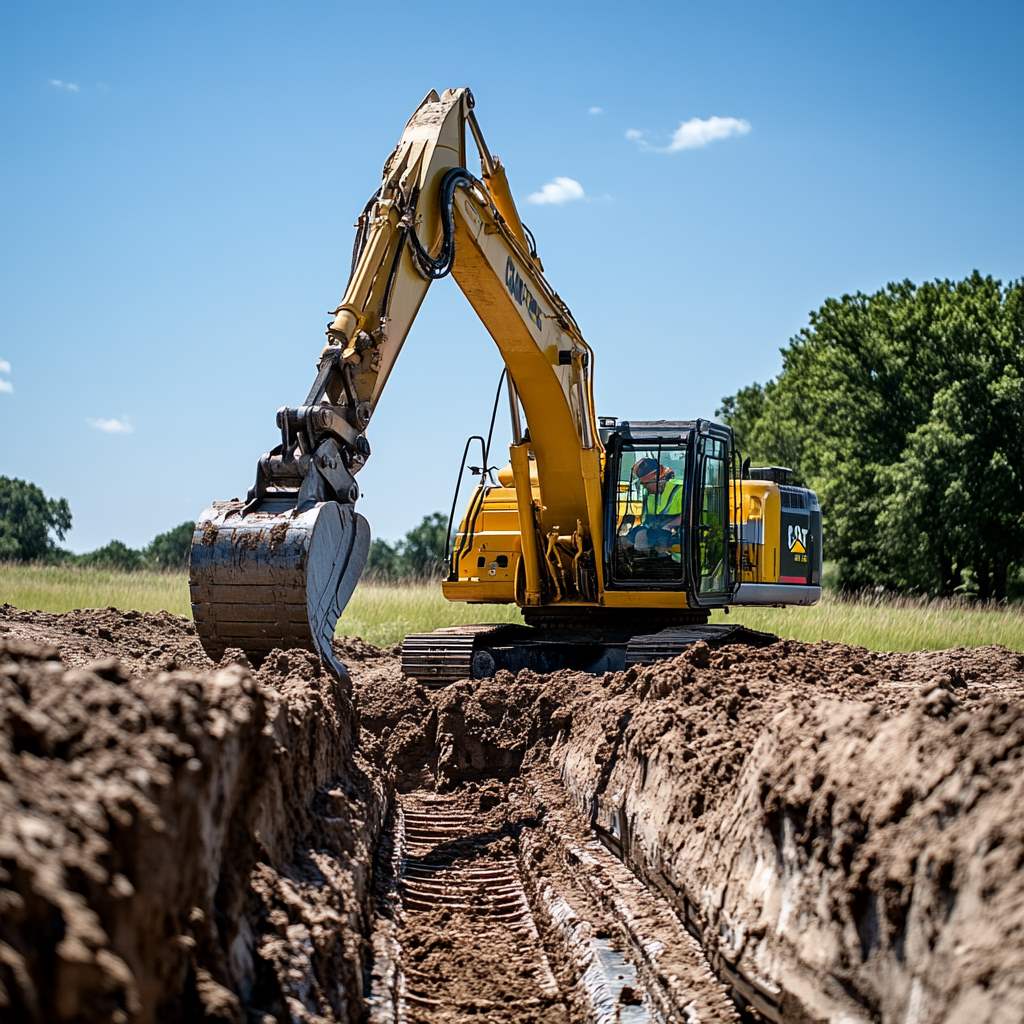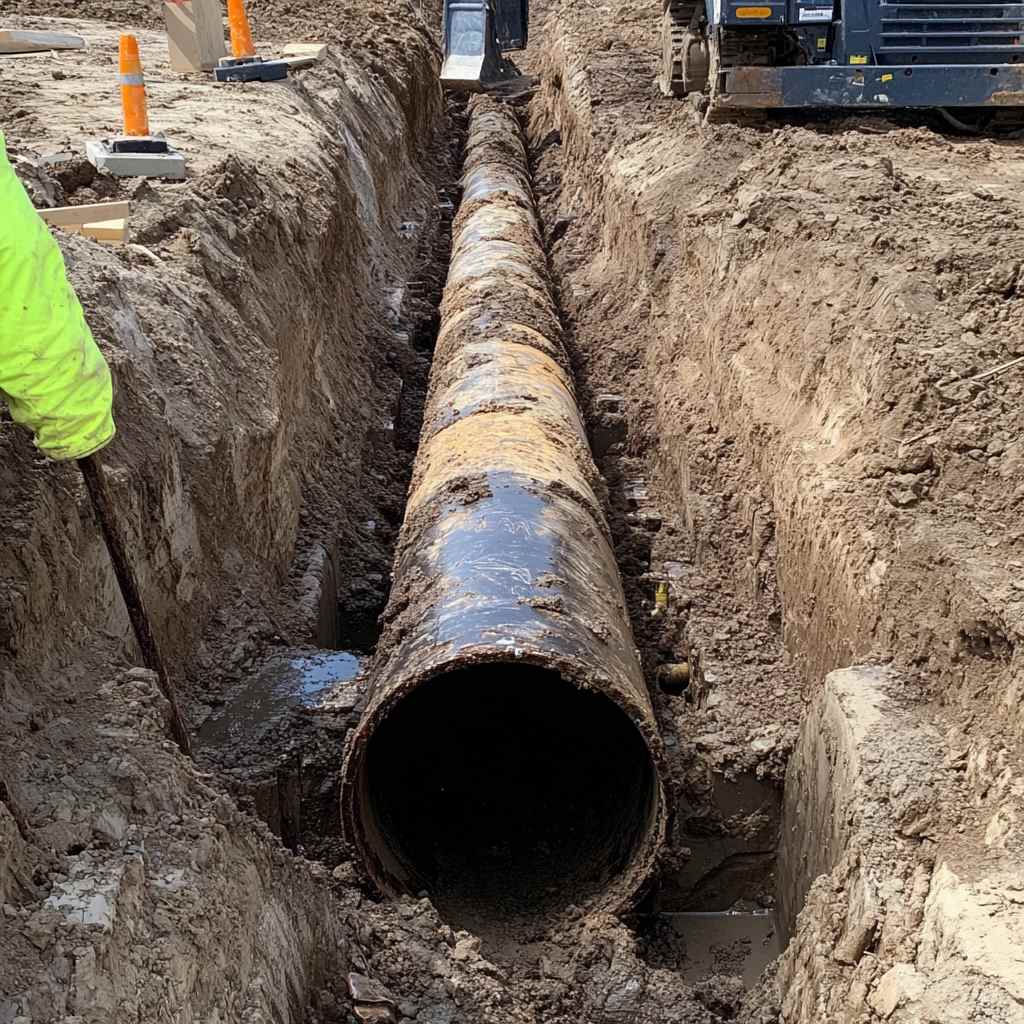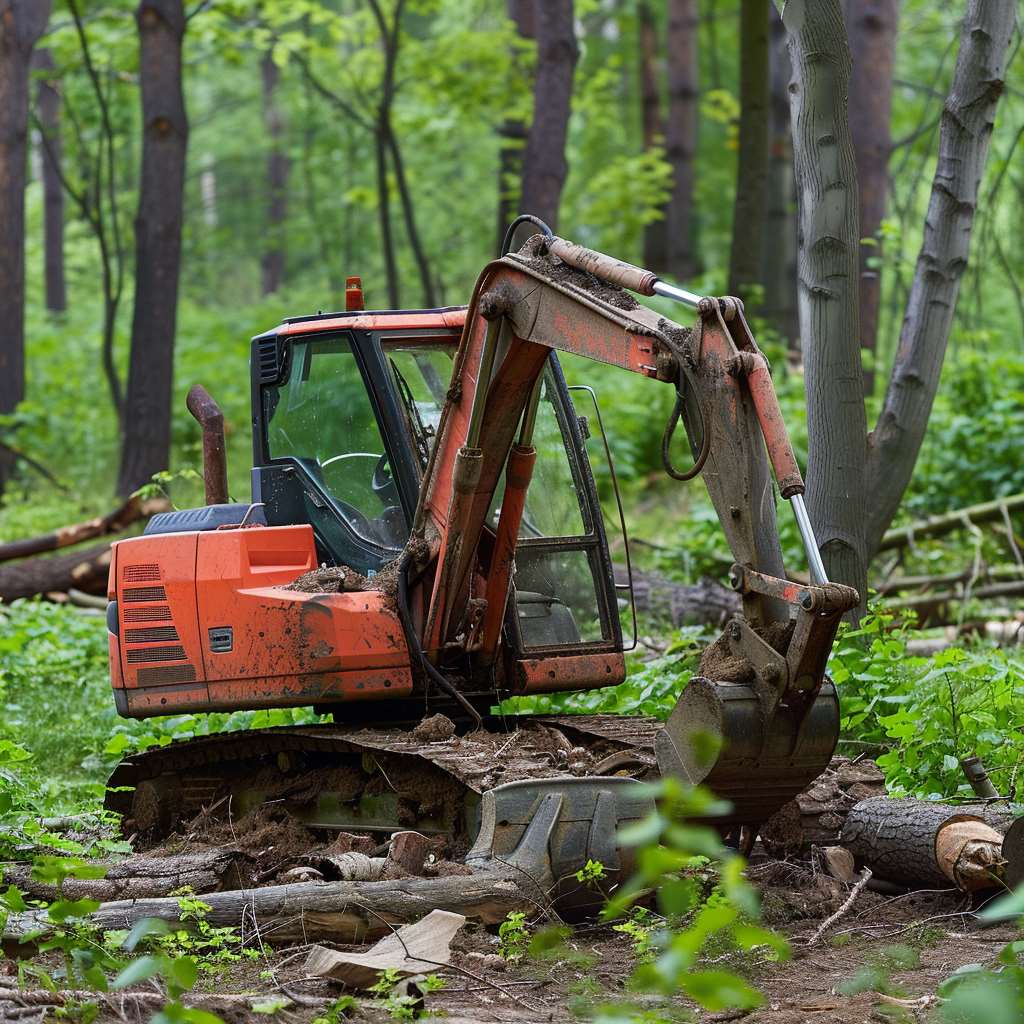Breaking concrete is a vital step in many excavation projects, but each job demands the right method to do it well. Whether it’s a driveway removal or a full-scale demolition site, knowing the right tool and approach helps keep the work efficient, safe, and cost-effective. That is where a company like In-Depth Excavation comes in, bringing expert knowledge and the right equipment to tackle concrete breaking tasks with precision and speed.
Hydraulic Breakers
Hydraulic breakers are some of the most powerful tools on an excavation site. These heavy-duty attachments mount to excavators and smash through thick concrete using hydraulic pressure. They are built for speed and force, handling the toughest demolition jobs with ease.
Hydraulic breakers are ideal when you need to:
Tear down large concrete foundations or parking lots quickly
Tackle major demolition projects that require nonstop heavy force
Break apart dense, reinforced concrete that smaller tools cannot handle
While highly effective, hydraulic breakers require trained operators to manage both safety and performance, especially given the sheer force they deliver with every hit. These tools are best suited for open, high-volume job sites where getting the work done fast is more important than pinpoint precision. Their powerful impact can break down even the toughest materials quickly, making them essential for speeding up timelines on large-scale demolition jobs.
Excavator-Mounted Jackhammers
Excavator-mounted jackhammers bring a balance of strength and control to demolition work. These tools are smaller than hydraulic breakers but still pack enough power to handle thick concrete. Their design allows for more precision, making them a top choice in urban environments or near structures that need protection.
They are often used for:
Removing sidewalks, curbs, and paved surfaces in tight spaces
Demolition near utilities or buildings where precision is key
Controlled takedowns of walls and smaller concrete structures
These jackhammers give operators better control while keeping the job moving forward. They allow for precise targeting of concrete sections, making them ideal when close quarters or nearby structures demand caution. Although they may take a bit longer than full-scale hydraulic breakers, their precision and versatility make them a smart choice when both accuracy and force are required.
Bucket Crushers
Bucket crushers are multitaskers on the excavation site. Instead of just breaking concrete, they crush and process debris into smaller pieces, making disposal or reuse much easier. Attached directly to excavators, they handle medium-size projects well and are a smart choice for keeping a site clean.
Best used for:
On-site crushing of concrete rubble for easy hauling or reuse
Mid-size jobs where debris needs to be processed efficiently
Projects focused on recycling and reducing waste removal trips
While bucket crushers are efficient, they have limitations when it comes to thick or heavily reinforced concrete. Their design works best with lighter materials or standard concrete debris, making them ideal for cleanup and recycling but not the first choice for breaking through tough, dense structures. Operators should plan accordingly based on the project’s material needs.
Ripper Attachments
Rippers are built to tear through stubborn, reinforced, or layered concrete that other tools struggle with. These attachments feature sharp, rugged teeth that dig in and rip apart tough materials efficiently.
Best used for:
Breaking through heavily reinforced concrete slabs or bridge decks
Excavating layered structures like old roadbeds or retaining walls
Tasks requiring deep penetration before follow-up breaking or removal
Rippers bring brute force and are best suited for projects where speed is key, but they demand skilled operation to avoid unnecessary damage to nearby structures or utility lines. Their aggressive design makes them an essential part of any demolition fleet.
Handheld Jackhammers
Handheld jackhammers are the reliable choice when large machinery is not practical. These portable tools are great for detailed demolition in tight spaces or smaller jobs where precision is more important than speed.
Common uses include:
Busting up concrete steps, patios, or small foundation slabs
Indoor demolition where maneuverability is limited
Breaking up concrete in areas where access for large machinery is restricted
While they are user-friendly and easy to set up, handheld jackhammers are labor-intensive and slower for larger tasks. They are best reserved for precision jobs where control and flexibility matter most.
Concrete Saws
Concrete saws focus on precision cutting rather than breaking. They are used to slice through concrete with clean lines, helping prepare sections for controlled removal or reshaping.
Best used for:
Cutting expansion joints in slabs or pavements
Shaping sections for precise demolition
Creating openings in walls or floors with accuracy
Concrete saws are invaluable when clean edges and exact cuts are critical. However, they generate a lot of dust and noise, and they only cut, not break, the concrete, so follow-up removal is needed.
Sledgehammers
The traditional sledgehammer still earns its place on small jobs. Simple and powered by muscle, it is ideal for quick tasks where setting up machinery is not worth the effort. Plus, it’s a great workout.
Best used for:
Breaking up small patios, pathways, or cinder blocks
Minor home renovation tasks
Jobs where precision and power tools are not necessary
Sledgehammers are cost-effective but physically demanding and slow. They are great for light work but no match for heavy-duty demolition.
Breaking concrete requires the right tool for the job, and each method has its place depending on project size, location, and material type. From the raw power of hydraulic breakers to the precision of concrete saws, selecting the proper equipment keeps the work safe, efficient, and on schedule. Need expert help with concrete breaking or demolition in Snohomish, King, or Skagit County? In-Depth Excavation has the team and equipment to handle projects of all sizes.
Contact us At In-depth today, Rock & Stone won’t stop our goals for your hole!
Looking for a Demolition Contractor In Snohomish County, WA? No matter the job, we can do it!
FAQs on Concrete Breaking Methods in Excavation
The most user-friendly methods are sledgehammers and handheld jackhammers. Sledgehammers require no technical skill and are great for small tasks, while handheld jackhammers are slightly more labor-intensive but still manageable for small to medium projects.
Hydraulic breakers are the fastest for large-scale demolition. They are powerful and efficient, ideal for quickly breaking through large and thick concrete structures.
Concrete saws are primarily used for precise cutting, not for complete demolition. They are perfect for creating clean edges or preparing for controlled demolition but are not suitable for breaking down entire structures.
For precision demolition work, excavator-mounted jackhammers are a great choice. They offer a balance between power and precision and are particularly useful in urban areas or sites where minimizing collateral damage is important.
Ripper attachments are particularly effective for breaking reinforced concrete. They are designed to tear through tough materials, including reinforced concrete layers, but require skilled operation to prevent unnecessary damage.

